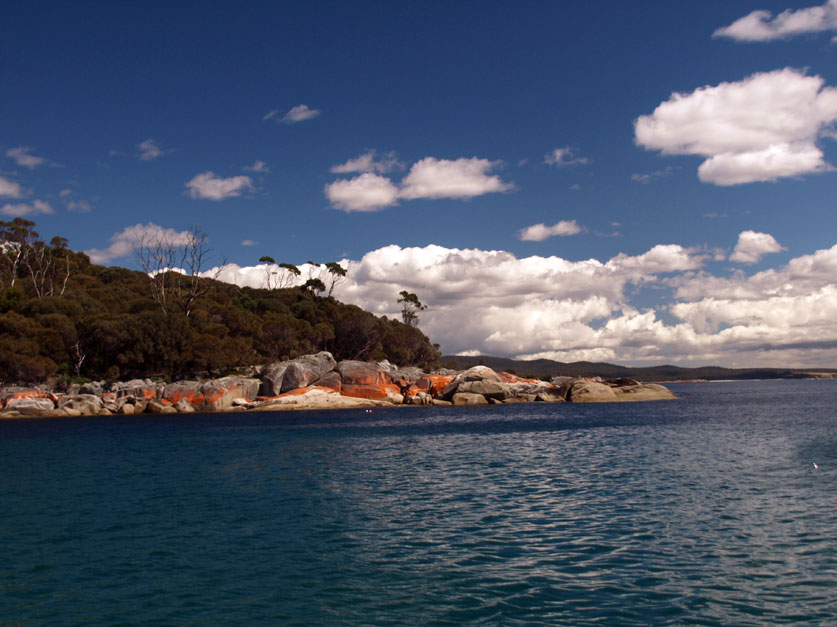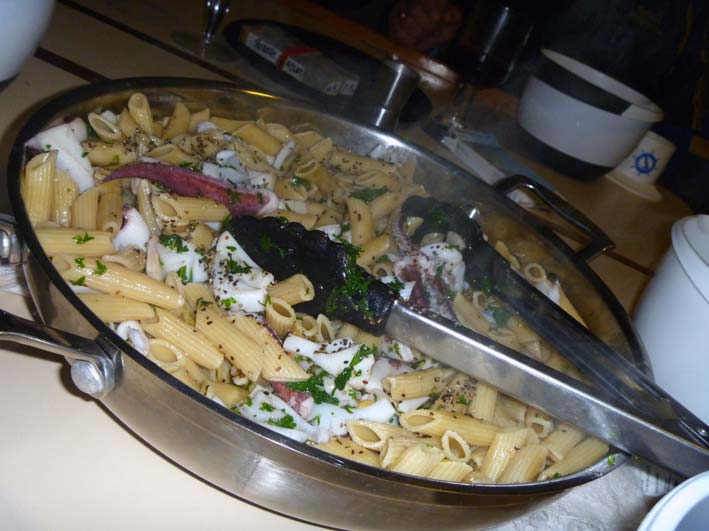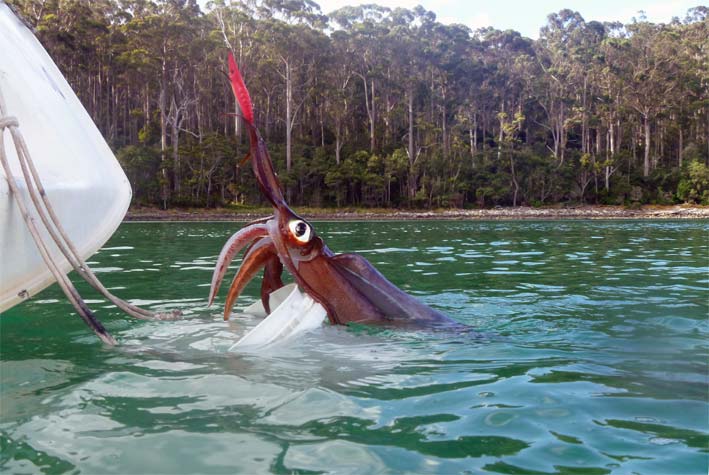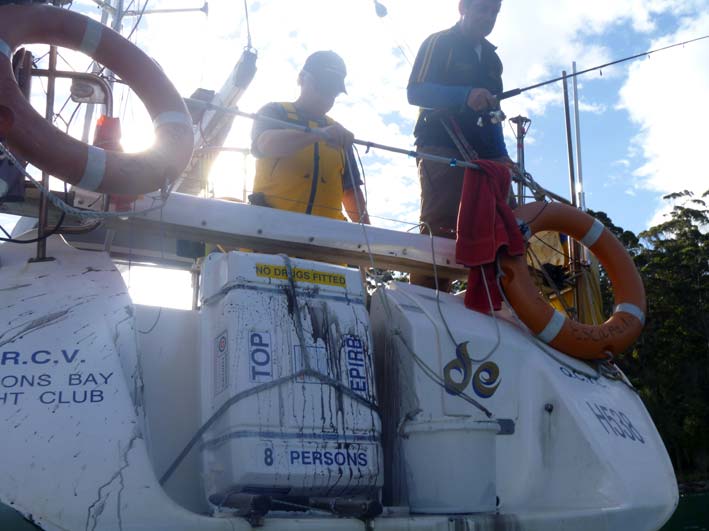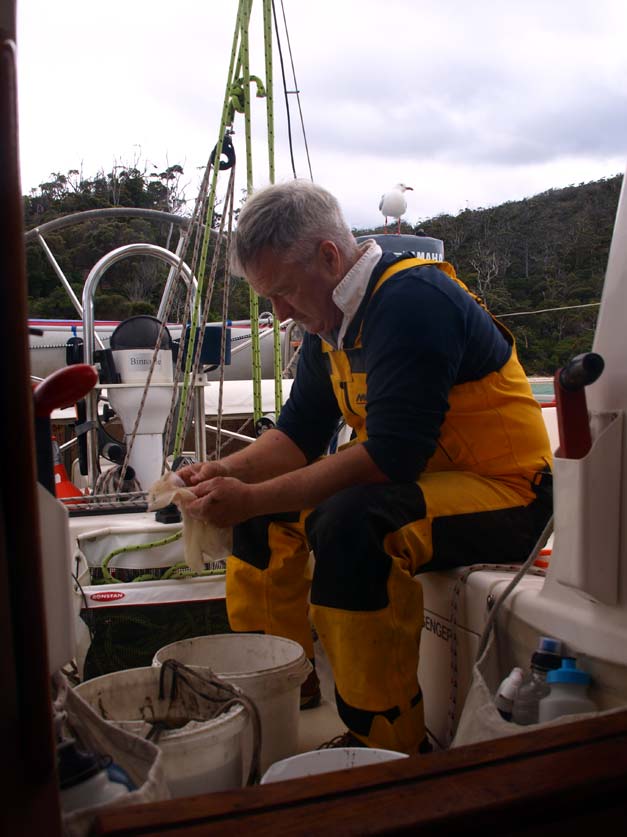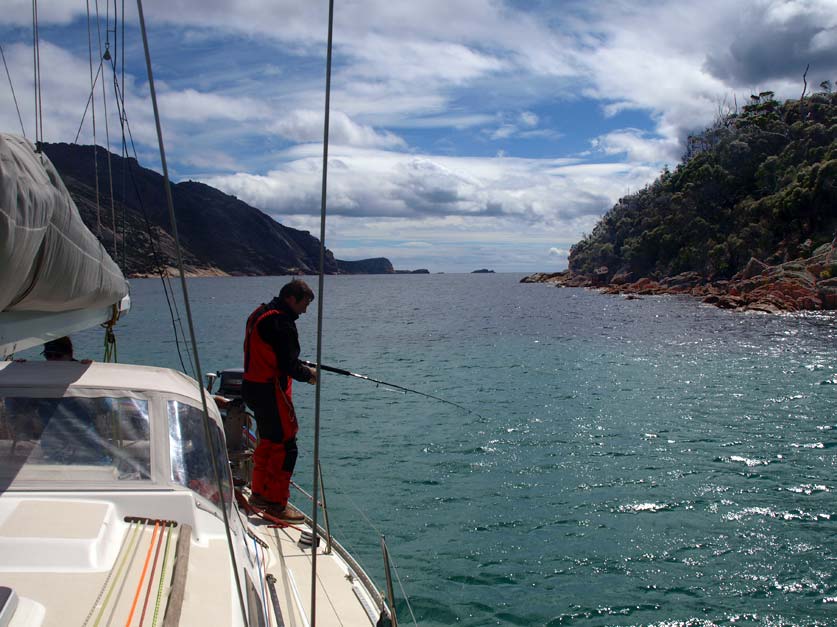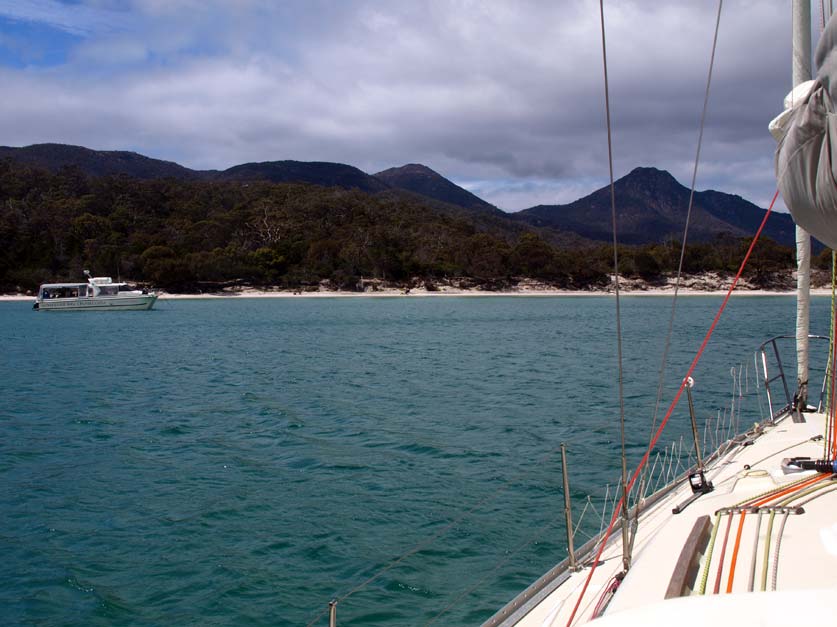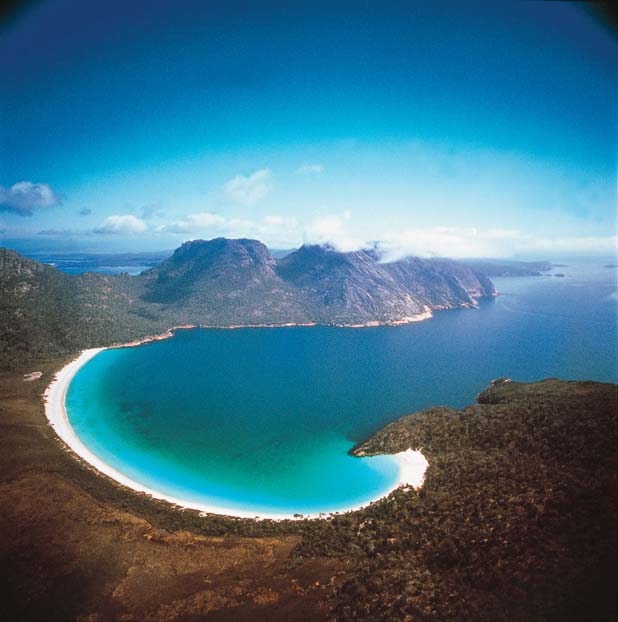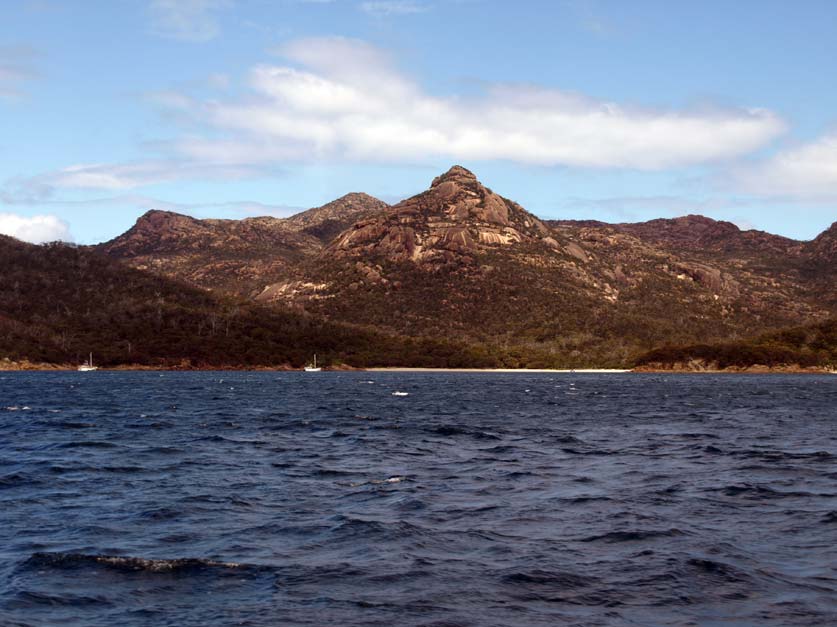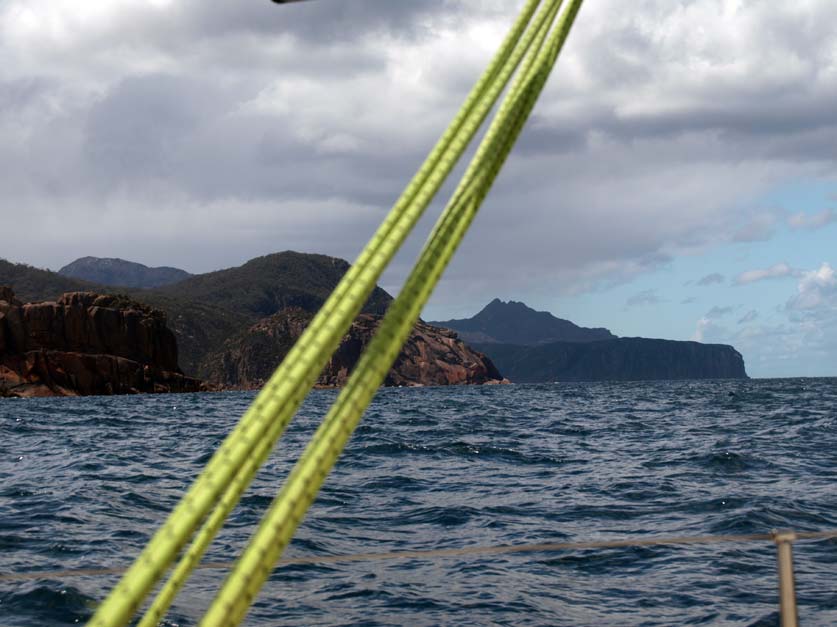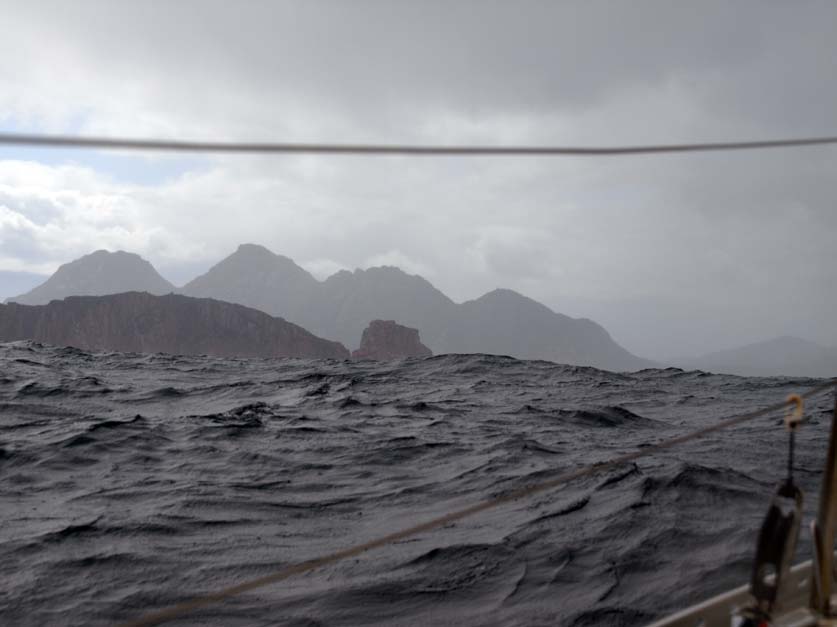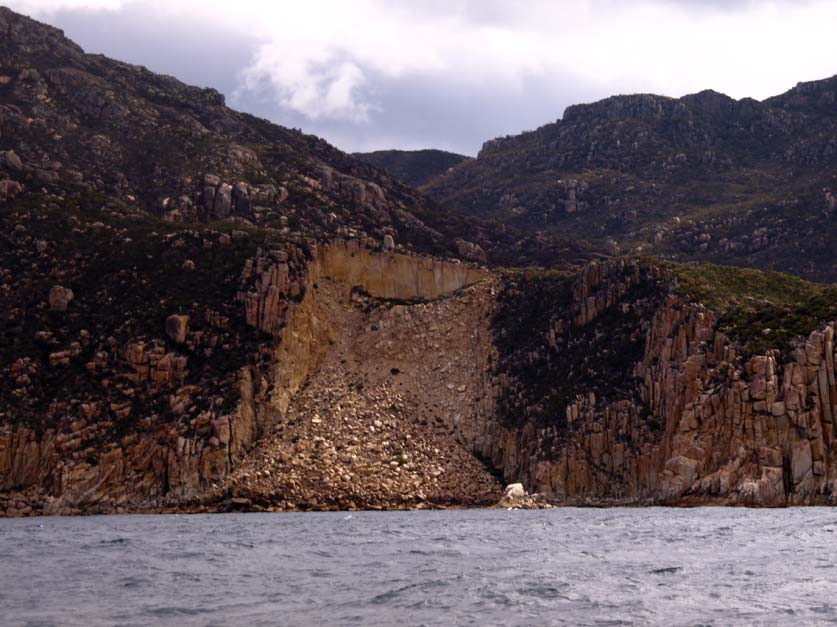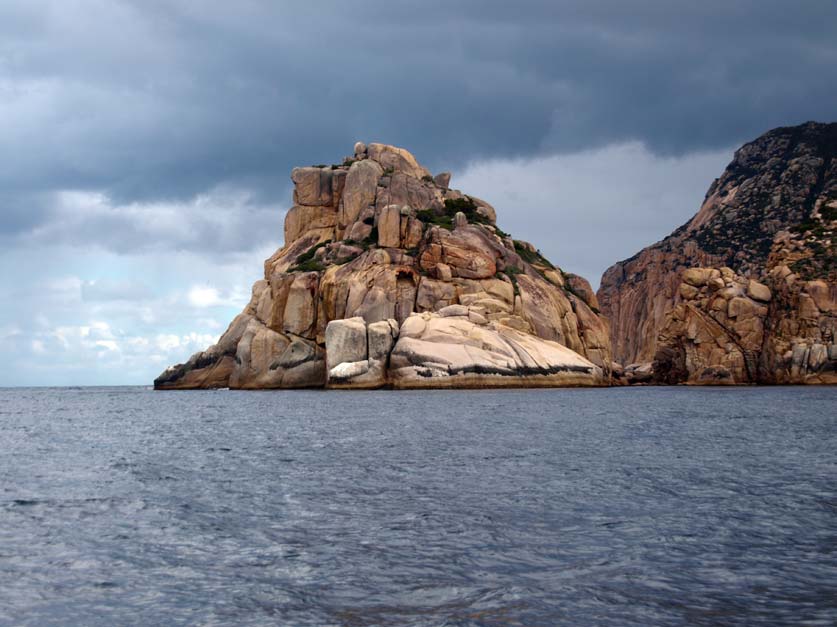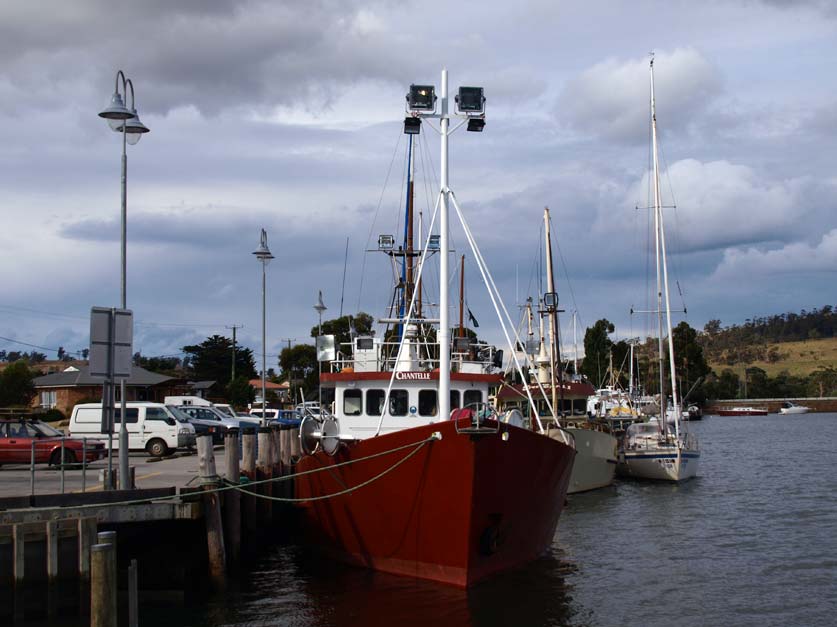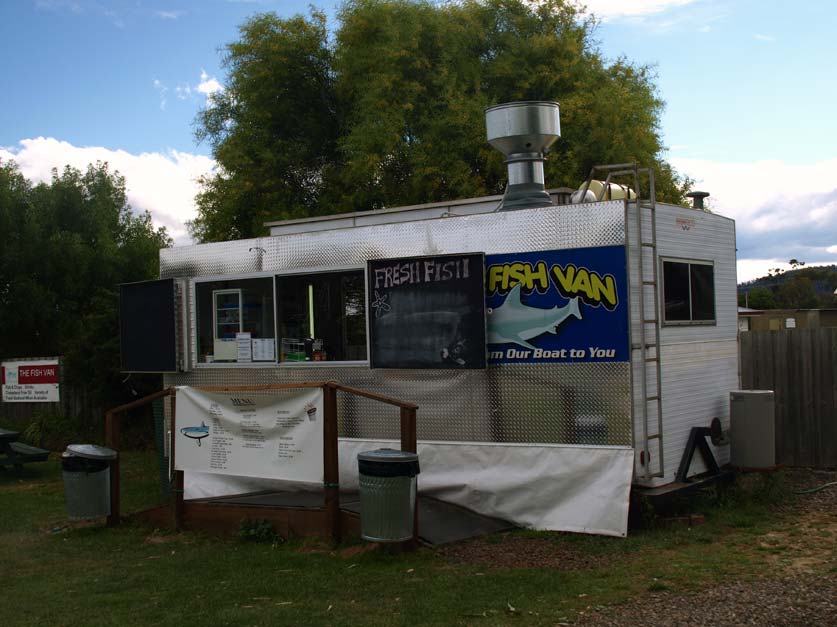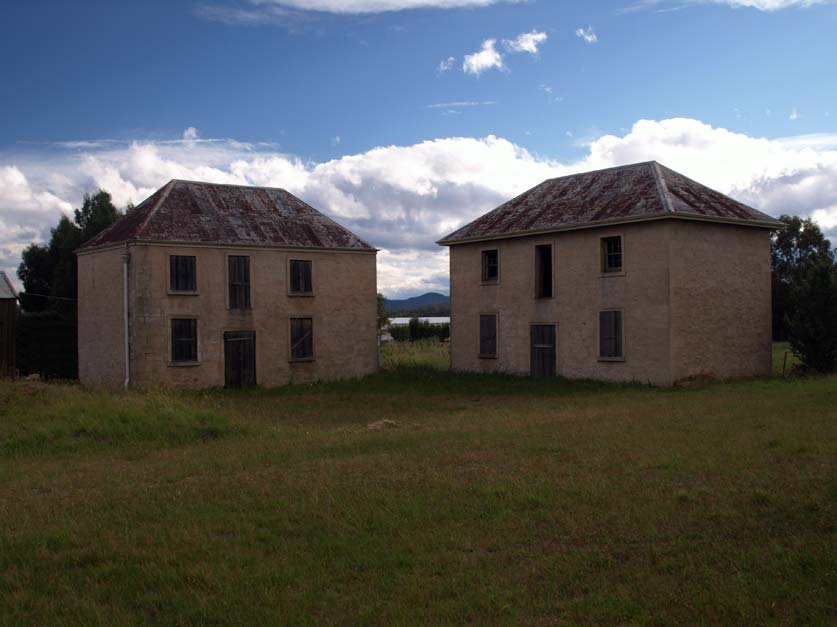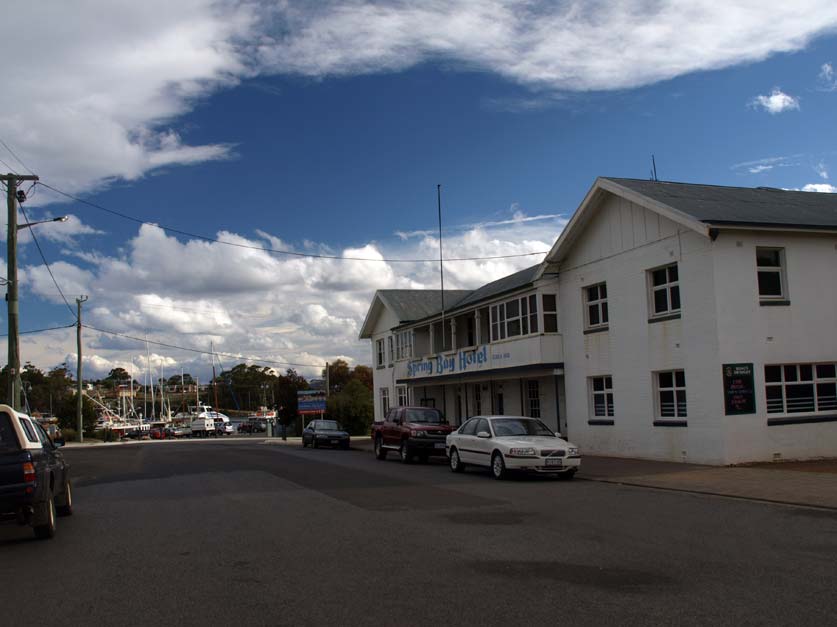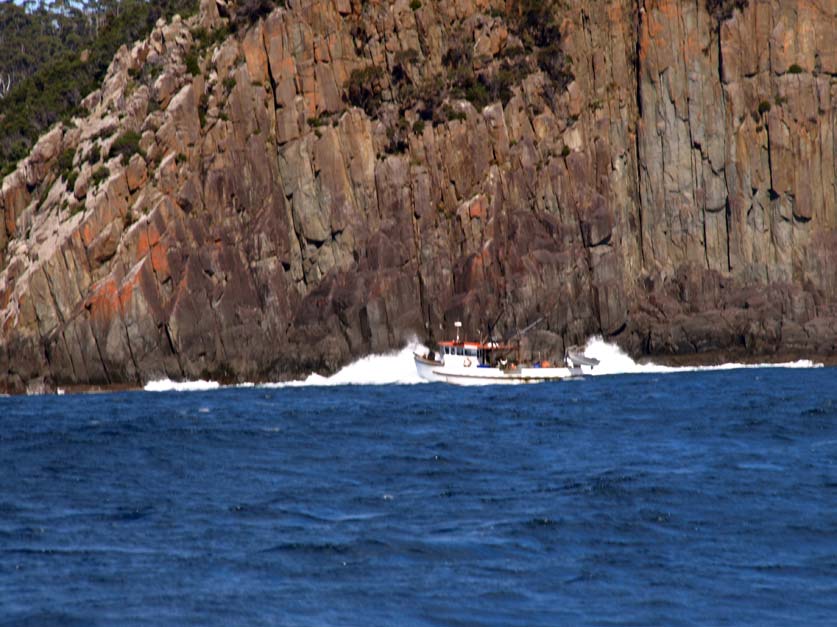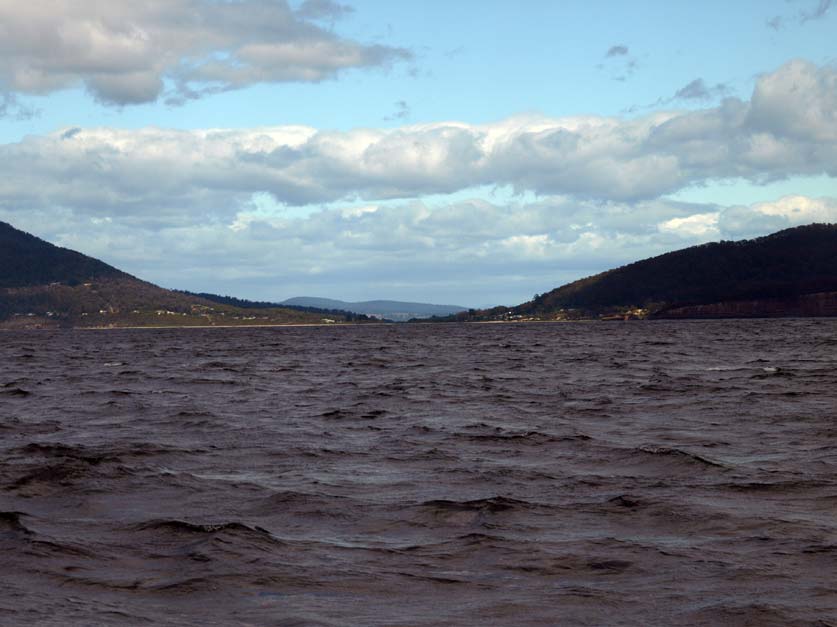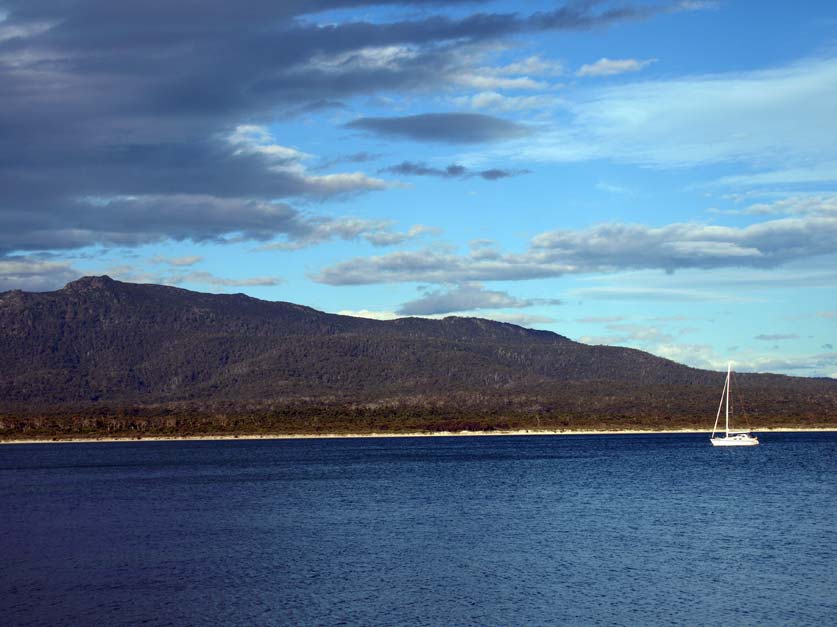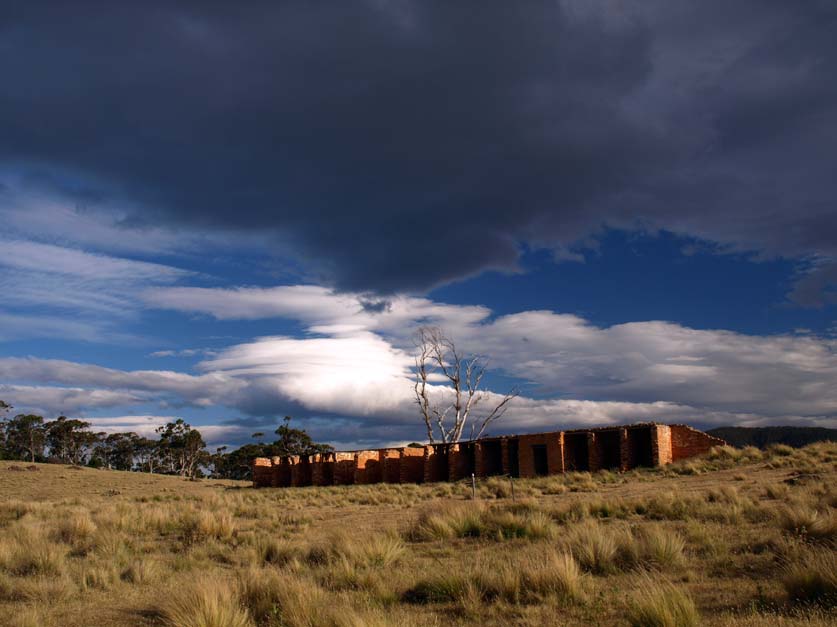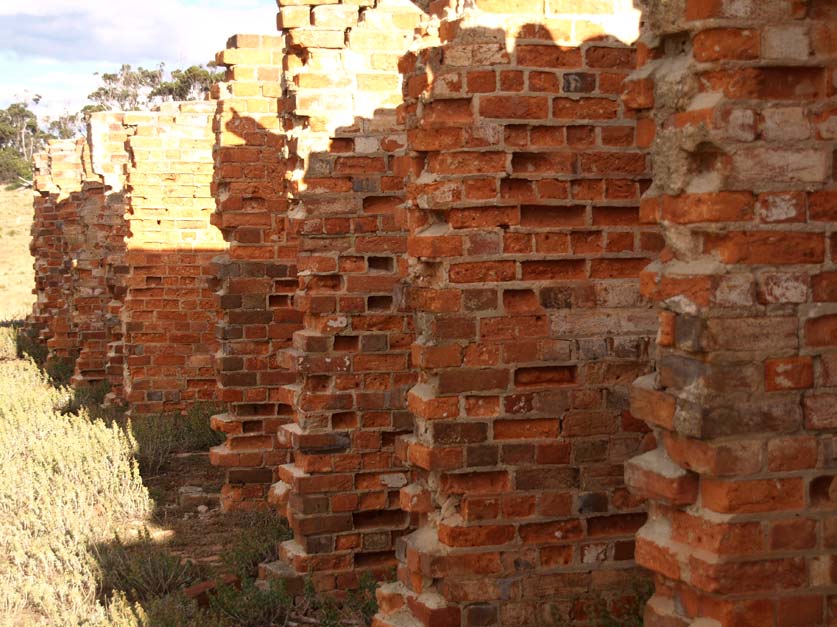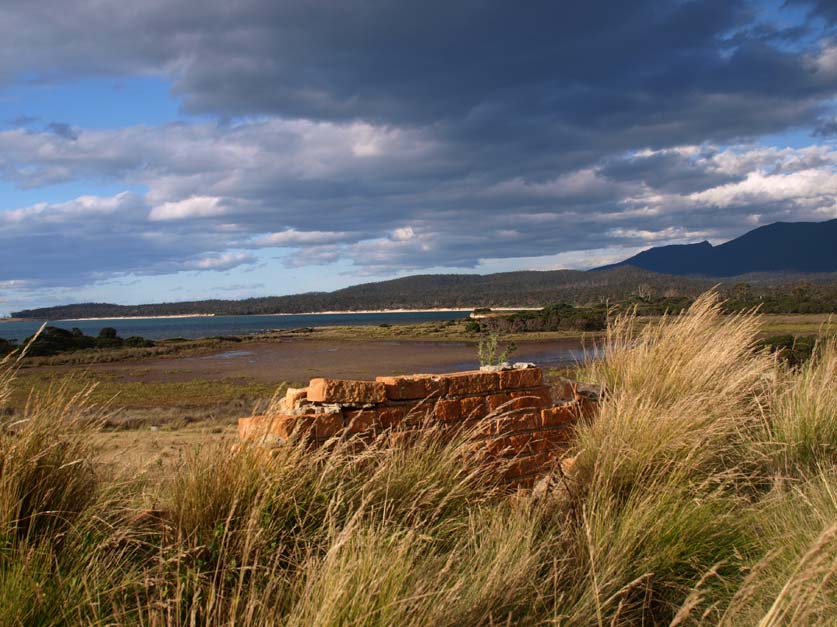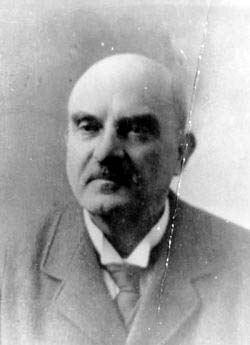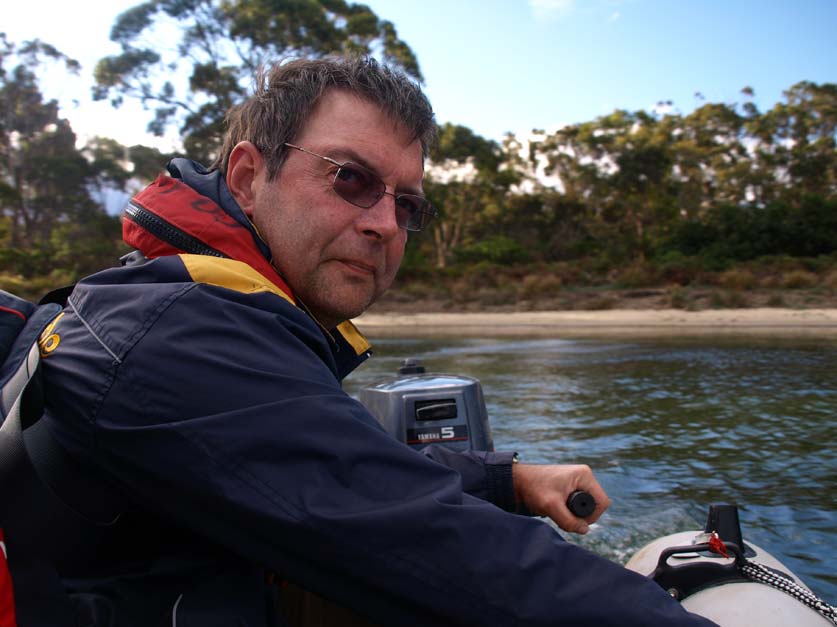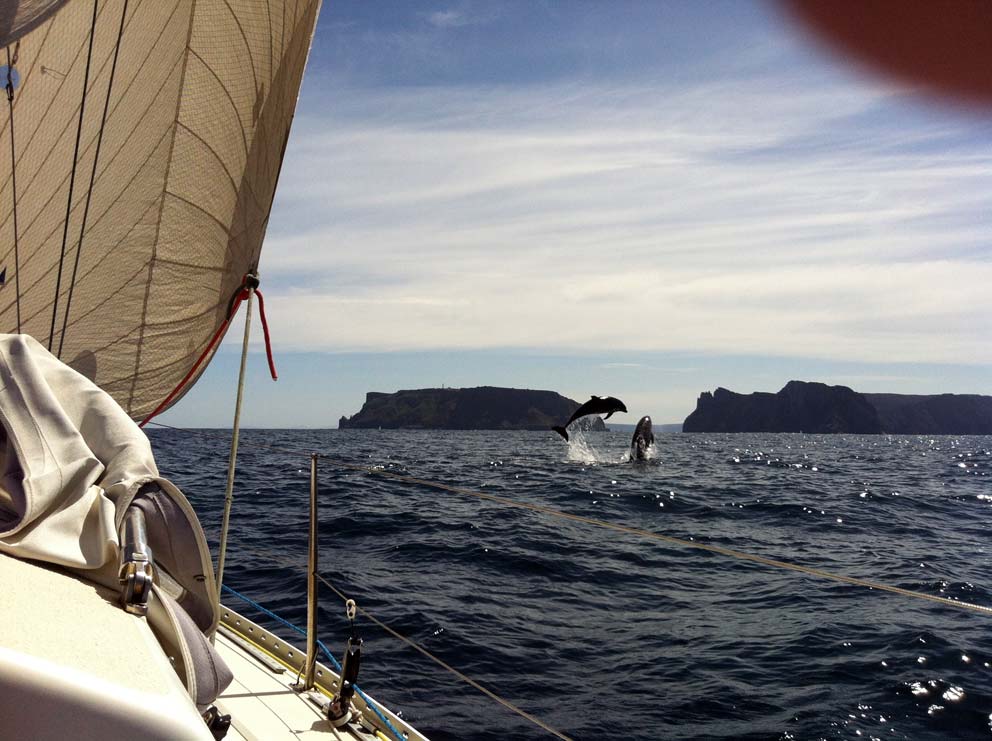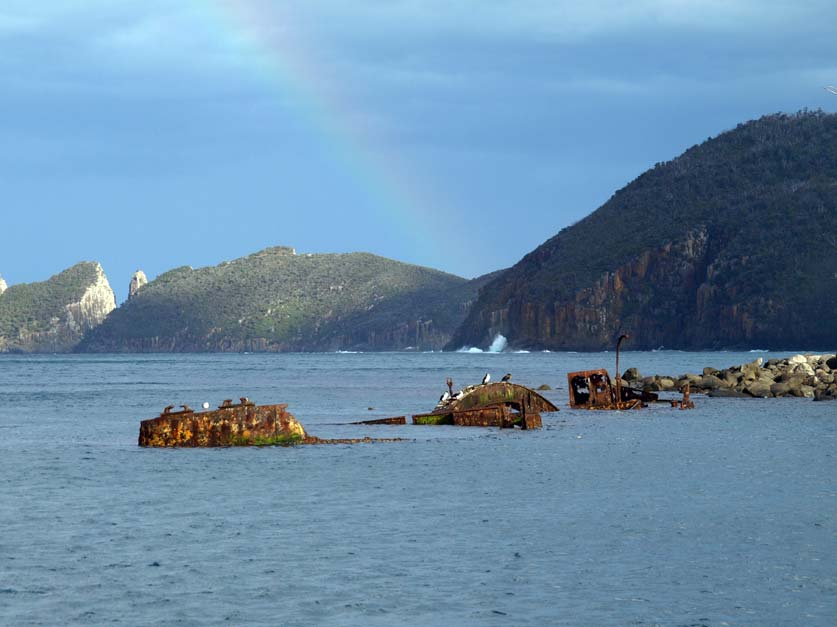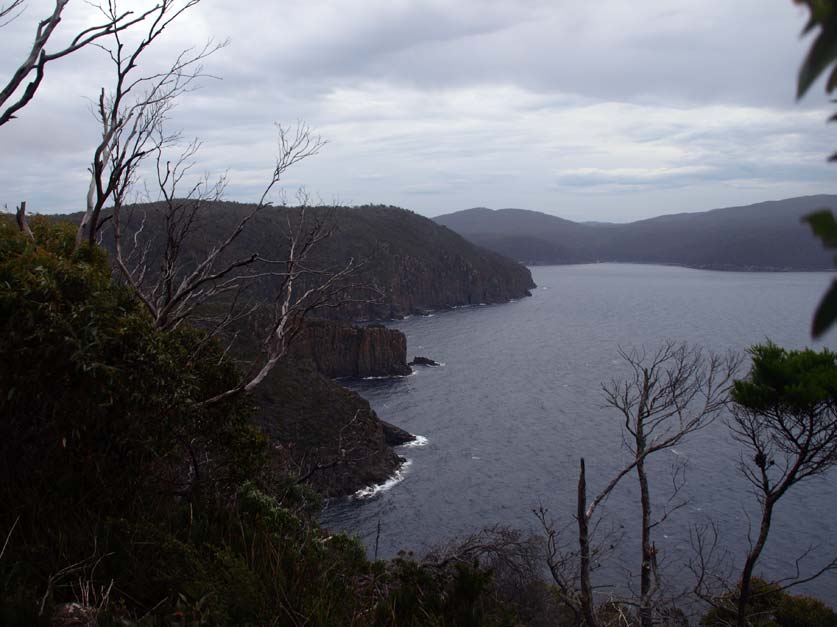The day starts lazy, an extended sleep in ends with fresh meusli, yoghurt and stewed fruit at around 10.00. We are not going anywhere today as a stiff northerly is still blowing down the coast. Robert has a bottle of Pussers Rum on board, which is the traditional British Naval Rum, distilled in the British Virgin Islands in wooden pot stills. At lunchtime he decides to honour British naval tradition and issue the crew with a ration of grog. From about 1640 until July 31st, 1970, the purser would issue a daily allotment of rum, known as a tot to the crew. Prior to 1740 the allotment was half a pint twice per day per man, which meant the crew would have been permanently pissed! Admiral Vernon, who was commander in chief of the British fleet in the West Indies was affectionately known to his men as Old Grog, after the grogram coat he would often wear. Concerned at the excessive alcohol consumption on board he ordered that the rum be mixed with water in a scuttled but, which was a wooden tub. Lime juice and brown sugar was then added to make it more palatable. The sailors were clearly unhappy having their rum diluted and contemptuously named the concoction “grog”. The recipe given in the small booklet attached to the bottle of Pussers (slang for persur) Rum is as follows:
Real Grog
Over the Rocks
2oz Pussers’s Rum
1/2 oz fresh lime juice
2oz. soda water
1 tsp dark can sugar
I have a couple of concerns about the authenticity of the recipe given. Firstly, naval ships did not have ice on board, so “over the rocks” would be a stretch, and I am also certain they did not have soda water either. Robert mixed it with plain water, and it was delightful.
Skipper decides its time to inflate the tender, so after a lunch of pesto, goats curd and red pepper wraps, we pump it up with a foot pump and lower it over the side and attach the outboard. Aimee and I are going bushwalking to Cape Huey. The walk starts from the other side of Fortescue Bay, so equipped with the necessaries we fire up the outboard and depart. One thing I had omitted to do was release the steering lock on the outboard, so for a couple of minutes the tender had a mind of its own, but once sorted we cleared the William Pitt and were merrily on our way bouncing across Fortescue Bay.
We put in at the boat ramp and lug the tender up to dry land. The place is crowded with holiday campers. Beside a fish cleaning bench that has a stench to rival a seal colony, a beastly little boy is hurling abalone shells at a girl I assume is his sister. Along the rocks a family group are picking periwinkles off the rocks. Summer school holidays are in full swing. The pilot guide to Tasmanian waters published by the Royal Tasmanian Yacht Squadron states that the walk to Cape Huey was about an hour, in stark contradiction to the sign put in by the National Park service which says it is four hours return. Parks usually cover their arses by overestimating walking times. Either that or they have a 92 year old test walker, and the Yacht Squadron are probably more accurate with their maritime information that they are with their terrestrial. My guess is it will be somewhere in between. We soon start climbing through a forest of Eucalypts along a new track that is being constructed in stone, and there are impressive dry stone bridges across several small rivulets. In around forty minutes we are at a junction, and the Parks sign now says “Cape Huey two hours return”. I deduce we are half way to the Cape. We descend to a windswept saddle blanketed in a dwarf banksia with gorgeous creamy yellow inflorescence. There is bird song everywhere, probably nectar eaters given the diversity of flowers, but they are illusive to the eye. It is refreshing to hear the melodic songs of terrestrial birds in contrast the the unruly shrieks and cackles of their maritime cousins. Beneath the roar of the wind we can hear the Tasman Sea colliding with the cliffs far below. The next landfall to the east is New Zealand.

The track out to Cape Hauey
We ascend another hill and are now on a razor backed ridge. After a couple more climbs the track abruptly ends at a spot that feels like a crows nest. Far beneath a yacht is running south with just a jib, making a great pace in the northerly wind. Looking back into Fortescue Bay we make out Escapade, a tiny white dot on a blue palette of Eucalyptus clad ranges,windswept waters and clouds heavy with moisture. I reflect for a moment how sea is forever reminding the sailor of his insignificance in the greater scheme of things. I notice a patch of light beneath the rock I am standing behind. I crouch down and poke my head in to find I am looking straight down a sheer wall to the sea far below, as though I am perched on the top of a church spire. It is breathtaking.
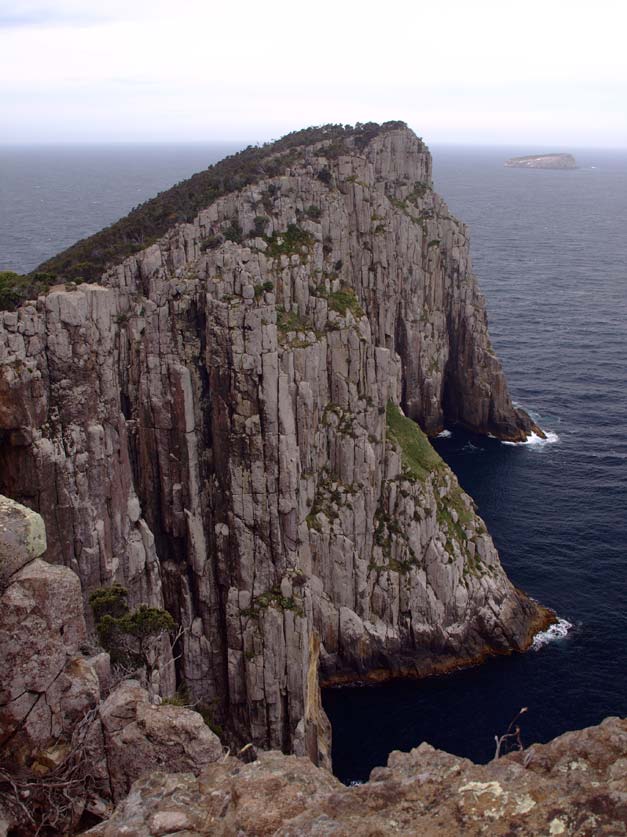
The Lanterns from Cape Hauey
The walk back, as so often with a bush walk is a hard slog. The muscles one uses for walking are different that the ones used sailing, and having largely been at sea for the past couple of weeks I am feeling the strain, and my boat shoes are not ideal on the slippery gravel. A tiny tiger snake slithers across in front of me and I instinctively leap backwards, almost collecting Aimee. A little further along we see a fairly large red bellied black snake. These are much maligned, whilst venomous they have a generally passive nature.
On a walk, it is always the last kilometer that is the longest, and eventually the fishy stench assailing my nose heralds our arrival back at the fish cleaning bench. The return crossing in the tender is a wet one, as the wind has whipped up the waves that are constantly coming over the bow and we finally arrive back at Escapade cold and tired. Robert has finished splicing the main halyard, and after a shower on the swimming platform I start thinking about dinner. My next book should be “101 ways with squid” cos tonight, its a simple Thai Squid Curry with jasmine rice and stir fried Brocollini with Oyster Sauce. Its hard to get sick of squid when it is so wonderfully fresh. While I cook, Robert rigs the halyard up the mast.
Simple Thai Squid Curry
Squid, gutted, cleaned and chopped into pieces
Tin Coconut Milk
Tin Water Chestnuts
2 Tablespoons Red Curry Paste
1 teaspoon fish sauce
2 tablespoons sugar
5 kaffir lime leaves
Heat coconut milk and equivalent amount of water in a pan
Add curry paste and stir until blended
Just before boiling add fish sauce and squid
Add sugar, lime leaves and water chestnuts
Slowly simmer for 30 minutes or longer.
Serve with fresh basil and coriander on top of rice
Brocollini with Oyster Sauce
1 bunch brocollini
1 tablespoon fish sauce
2 tablespoons oyster sauce
1 tablespoon oil
3 clove garlic rough chopped
Heat oil in pan until smoking
Toss in brocollini and garlic and stir fry until light green
Add fish sauce and stir
Add Oyster Sauce and stir
Toss into plate and serve.

